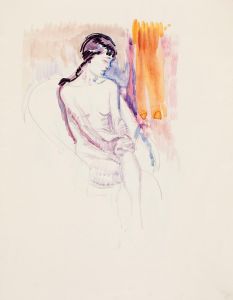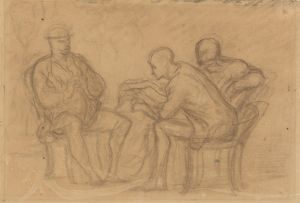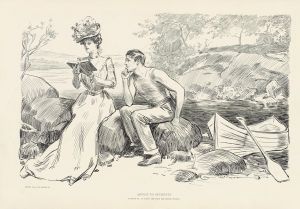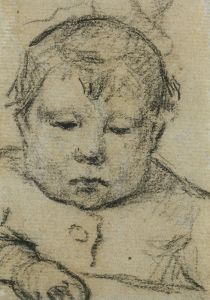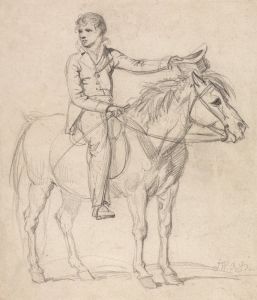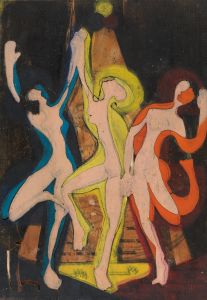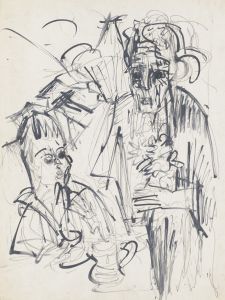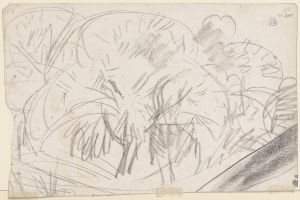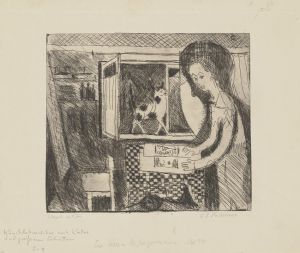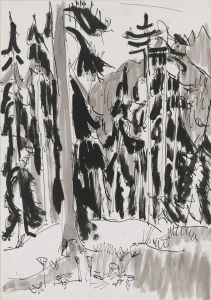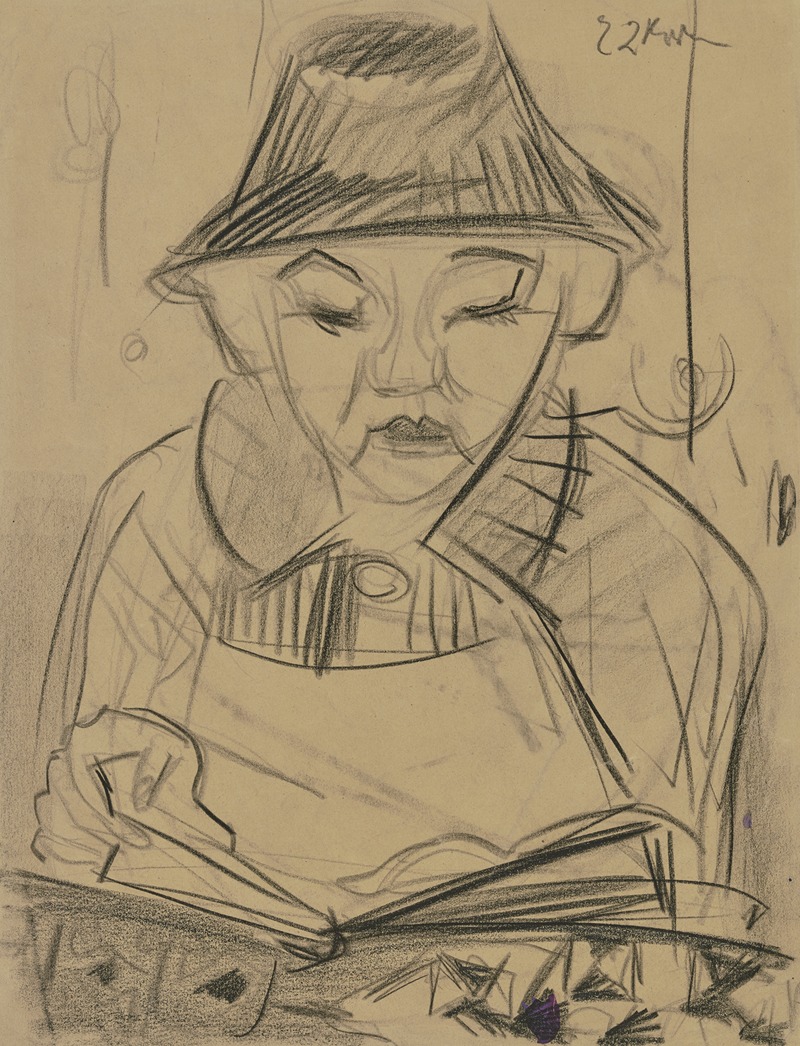
Lesender Knabe
A hand-painted replica of Ernst Ludwig Kirchner’s masterpiece Lesender Knabe, meticulously crafted by professional artists to capture the true essence of the original. Each piece is created with museum-quality canvas and rare mineral pigments, carefully painted by experienced artists with delicate brushstrokes and rich, layered colors to perfectly recreate the texture of the original artwork. Unlike machine-printed reproductions, this hand-painted version brings the painting to life, infused with the artist’s emotions and skill in every stroke. Whether for personal collection or home decoration, it instantly elevates the artistic atmosphere of any space.
Ernst Ludwig Kirchner, a prominent German expressionist painter and one of the founding members of the art movement Die Brücke (The Bridge), created numerous works that explored themes of modernity, human emotion, and the human figure. Among his extensive body of work is the painting Lesender Knabe (translated as Boy Reading). This artwork reflects Kirchner's characteristic style, which often featured bold colors, dynamic compositions, and expressive forms.
Lesender Knabe depicts a young boy engrossed in reading, a subject that aligns with Kirchner's frequent focus on intimate, everyday moments. The painting showcases Kirchner's use of vibrant, non-naturalistic colors and angular, simplified forms, hallmarks of his expressionist approach. These stylistic choices emphasize the emotional and psychological depth of the scene rather than striving for realistic representation. The boy's posture and the surrounding environment are rendered in a way that conveys a sense of introspection and quiet concentration.
Kirchner's works often drew inspiration from his personal life and the cultural milieu of early 20th-century Germany. While specific details about the creation of Lesender Knabe are not widely documented, it is consistent with his broader artistic exploration during the period when he was deeply engaged with Die Brücke. This group sought to break away from traditional academic art and instead embraced a more raw, emotive, and direct form of expression. They were influenced by non-Western art, as well as by the works of post-impressionist and fauvist painters.
The painting is believed to have been created during a time when Kirchner was experimenting with the human figure in various contexts, often portraying individuals in moments of solitude or introspection. This focus on the human experience was central to his artistic philosophy. Kirchner's works from this era often reflect his interest in capturing the essence of his subjects' inner lives, rather than merely their outward appearances.
Today, Lesender Knabe is recognized as an example of Kirchner's contribution to the expressionist movement and his ability to convey emotion through innovative artistic techniques. The painting is part of the broader legacy of Kirchner's work, which continues to be celebrated for its impact on modern art and its ability to evoke profound emotional responses.
Further details about the painting's provenance, current location, or specific historical context are not readily available in public records.





